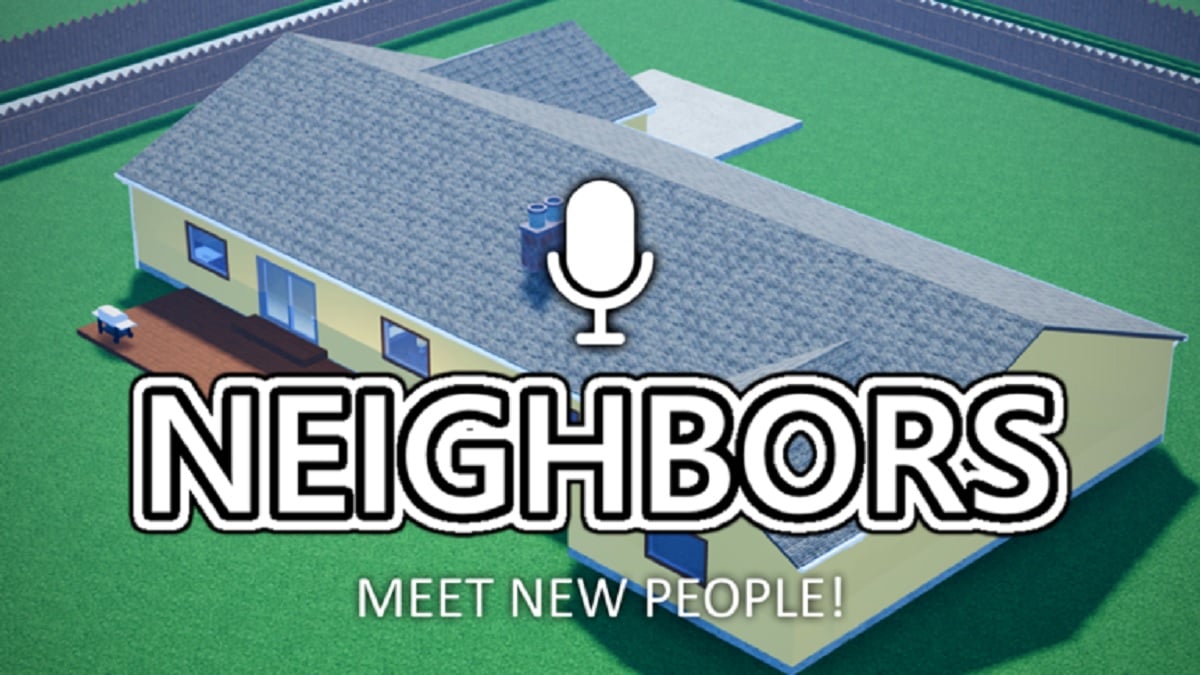Disorder for PC
Every so often, I come across a game that I just know is going to stick with me for long after I put it back on the digital shelf. Disorder, a game exploring themes of childhood, depression, and suicide certainly fits the bill; chaotic puzzle-platformer gameplay and a desolate, piercing story craft an experience that lingers. Like the twisted, creeping darkness lurking in the mind that it seeks to represent, it’s a difficult and challenging journey that leaves a mark on those who experience it. It is dark, piercing, and brutal. If you’re having any doubts, turn away now; given the subject matter, this review is likely to touch on sensitive subjects.
Disorder wastes no time at all in alerting players to its content. Before play even begins, a message conveys a warning that scenes depicting severe depression, trauma, and suicide will follow. From here, players are presented with a dismal tutorial that illustrate’s the game’s content while being familiarized with the controls that will guide our protagonist through the coming struggle. Basic gameplay is nothing that long-time gamers will find troublesome, with basic movement, jumping, and crouching making up the bulk of your passage through each level. The world presents itself in the form of memories and anguish, playing out across events and reactions that are all firmly set in the past.

From the very onset, Disorder is cut through with words of hopelessness and despair. These words don’t only tell the tale, but also reflect the reactions to its ravages on our main character. As you progress through each level, scenes unfold in shadow and word to bring the narrative to life. Each new discovery also becomes an entry in the journal accessible through the pause menu, a chronicle of what you’ve witnessed and the thoughts that accompany each new revelation. Getting through each level with any understanding of its intent is difficult and, at times, overwhelming.

What sets Disorder apart from other games I’ve played that explore these themes is the gameplay. Beneath the starkness of its subject, it’s a challenging and inventive platformer that requires patience, skill, and determination. Beyond the simple movement through each level, there’s also an element of reality-bending, as the player can shift between two worlds, representing reality and the distorted perceptions of a disquiet mind in turn. Often, shifting between these two worlds is the only way forward, and you’ll often have to cross the border quickly as you go. Each version of the memory-laden reality presents unique challenges and obstacles that may be dramatically altered on the other side of this disarming veil.

The puzzle-solving skills needed to complete Disorder are many and varied. Sometimes, jumping or crouching is all it takes, but making your way blindly through darkness that only becomes visible in the echo of your footfalls or pressing onward in the upside-down world of your own reflection create truly unique situations. I’d argue that the gameplay is almost as difficult as the game’s thematic content, and I feel it makes for a fair representation of attempting to reconcile with a troubled and haunting past. Each level adds new elements that will carry on to the next, and nothing is ever simple as you wind your way to an attempted resolution.

I want to make this abundantly clear, in case it hasn’t been: Disorder is not a game for everyone. It does not pull punches with regards to thematic content, and the final image is one that I will not soon forget. It is not for the faint of heart, nor those who struggle with depictions of depression. For those who are up to the task, it is a brilliant and cold struggle that will challenge you both as a human and as a gamer, and I’d call it one of the best arguments I’ve seen for games as an art form. For $12.99 on Steam, the price may seem steep, but I’d still heartily recommend it to anyone who’s curious.




Published: Jan 20, 2015 10:25 am